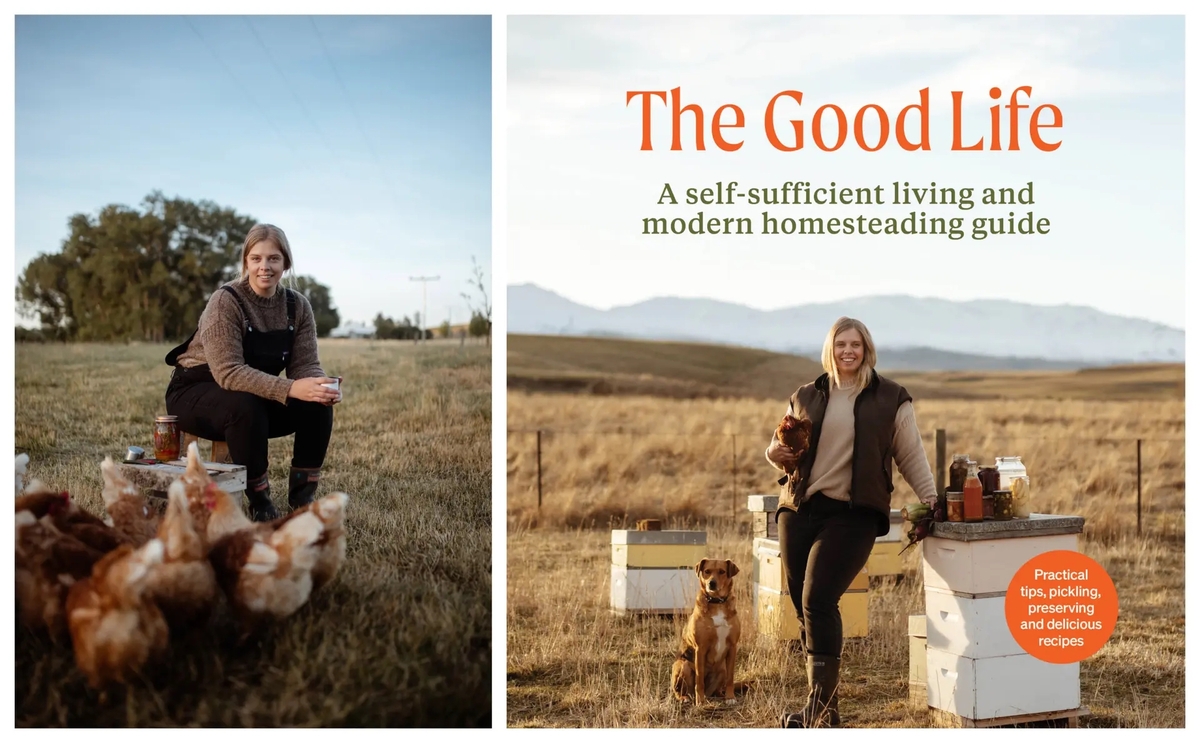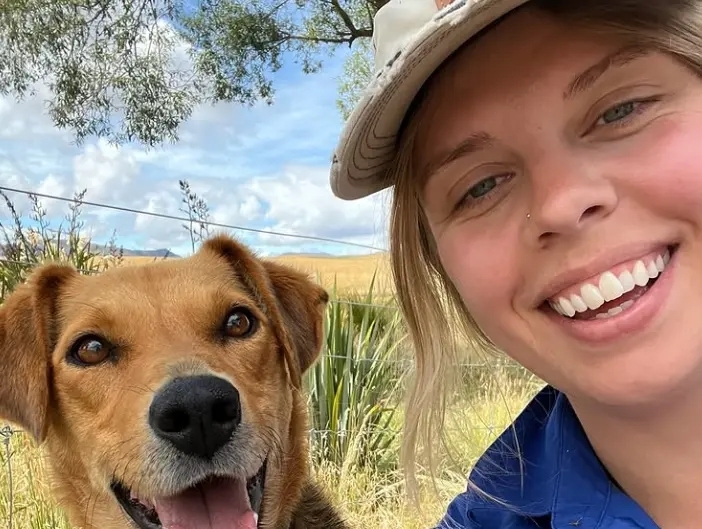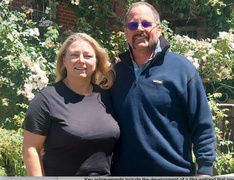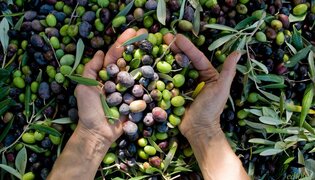Fat of the land: modern homesteading in Central Otago
RNZ
19 April 2025, 5:15 PM
 Self-suffiency pro Gillian Swinton says living off the land is about community and giving back. Photo credit:supplied/Francine Boer Photography
Self-suffiency pro Gillian Swinton says living off the land is about community and giving back. Photo credit:supplied/Francine Boer PhotographyWith a few sheep, bees, lots of chooks and lots of hard work, Gillian Swinton and her partner Hamish call themselves modern homesteaders.
Originally from Edinburgh, Swinton now calls Lauder, a tiny Central Otago settlement, home.
“We're between Alexandra and Ranfurly really, and the Rail Trail passes straight through our little town.

Gillian Swinton and her partner Hamish call themselves modern homesteaders. Photo: Supplied
Related stories:
The man who turned 3 hectares into an abundant Bay of Plenty food forest
Meet the Kiwis ditching modern life and turning to the homesteading lifestyle
What is homesteading: A 'hard but appealing' lifestyle?
“Our town has a population of, I think, 26 and I do believe that there are more dogs than there are people, but it's a lovely wee town,” Swinton tells RNZ’s Nine to Noon.
On their 2.7 hectare plot, they live as much as they can from what the land can produce.
With nearly 80,000 members on a Homesteading New Zealand Facebook page – Swinton says there's growing interest in getting back to a simpler way of life.
She's written a book called The Good Life about her experiences and what she’s learned about self-sufficiency along the way.
They keep Wiltshire sheep, which don’t need shearing, for meat. Then they have about 30 beehives and around 40 chickens for eggs (they sell some of the surplus chicks).
“Homesteading is a big umbrella term for a lot of different avenues or rabbit holes.
“But for us, we really focus on growing our own food and living and eating seasonally. And with that food, we're always trying to preserve as much as we can.
“And if we grow a surplus, we can sell it at that farm stall, or we can share it with our neighbours in turn for maybe some of their apples.”
Improving the land is also an ongoing project, she says.
“If we're taking something from it, we want to give something back, so it's composting and mixed species grazing.”
They are not, she says, part of the tin foil hat cohort of homesteaders.
“We're really about reaching out and finding our community, working with our neighbours, sharing knowledge and skills and appliances, tools. So that's what homesteading means to us.”
She credits her Outer Hebridean ancestry with her love of self-sufficiency.
“The book is dedicated to my grandmother, Kate... she's the original homesteader. She lived in a very remote area of Scotland and really had to live with the seasons.
“And when food was in abundance, it got squirreled away for the quiet months. And she was really resourceful with what they had. Nothing went to waste.”
Preserving plays a big part in their aim to be as self-sufficient as possible, she says. They use water bathing, overflow preserving and pressure canning methods.
“The overflow method is simply getting everything really hot. I hot jars, hot produce, hot liquid, and we do things like pickles and jams and things like that.
“Water bathing is where you have your jars in a big tub on the stove, and you're boiling the produce within the jars and getting them sterile and sealed in the water.”
Pressure canning gives them more options, she says.
“It's using a special canner with a big, strong lid on the top, we can preserve things like meat and potatoes and stews and soups in the pressure canner, because we can get that hotter than we can anywhere else in the kitchen.”
While most don’t have a patch of paradise in Central Otago to provide for them, she believes homesteading principles can be applied in urban settings.
“Start where you are. If you're really wanting to learn a little bit of self-sufficiency, it can it can begin anywhere.”



